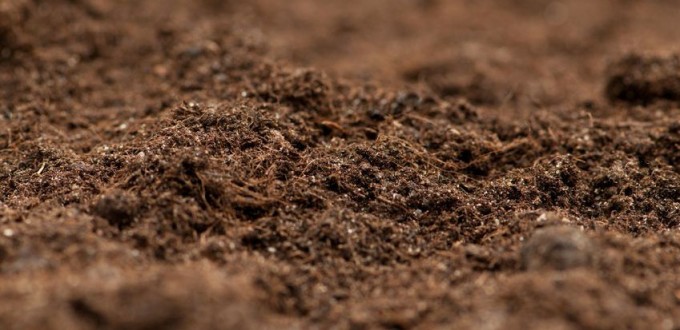Soil Type Basics
 Gardening is all about soil– that loose top-layer of earth covering our planet. Soil results from the breakdown of rock over thousands of years through natural cycles of wind and water erosion, glacial activity, frost, and chemical interaction. The act of gardening and water erosion removes nutrients from the soil.
Gardening is all about soil– that loose top-layer of earth covering our planet. Soil results from the breakdown of rock over thousands of years through natural cycles of wind and water erosion, glacial activity, frost, and chemical interaction. The act of gardening and water erosion removes nutrients from the soil.
In addition, some gardeners grow on land that has been worked over too much, and is depleted. Identifying the type of soil one has, understanding it’s particular characteristics, and taking steps to improve it is a large part of a gardener’s mission and—we would say—responsibility.
When gardeners use the word “soil,” they are not only thinking of solid matter— particles of rock and decayed organics—but also of air and water that is present to varying degrees and the capacity of that rock and organic mix to hold air and water. Agriculture and soil science recognize six main soil types, organized by the size particles each is composed of. In addition to the six main types, there are composite classifications and regional variations.
Sandy Soil
Sandy soil has large particles and a granular consistency. It makes room for water and air, due to the facets present in its larger texture. It tends to warm-up rapidly in the spring. However, the granularity and size that allows water in, also allows it out. In order for sandy soil to retain moisture and nutrients, it should be well mulched, and compost should be worked into it at season’s end.
Silt Soil
Silt soil can be extremely fertile because it mixes fine organic particles with rock and mineral granules. Soil enrichment by silting, through natural and artificial means, was among the earliest of farming techniques. Silt tends to drain well enough, but holds on to moisture and nutrients better than sandy soils.
Clay Soil
Clay soil is composed of smaller, more fine-grained particles, with less room to hold water and air. It is a dense soil, heavy to work when wet and very hard when too dry. It can become waterlogged if it sits low, because it does not drain well. Here, again, compost can be tilled in to ‘lighten’ it.
Loam Soil
Loam soil, a variable mix of sand, silt, and clay, tends to have the prominent virtues of the three cardinal soil types. It drains well, but holds moisture and nutrients.
Peat Soil
Peat soil contains an extreme amount of decayed plant matter and should be rich in nutrients, but—though composed of organic materials—full decomposition and release of nutrients is blocked by peat’s high acidity. Like clay soils, peat is prone to water-logging, and needs fertilization and drainage.
Chalk or Limestone Based Soil
Chalk or Limestone based soil is naturally alkaline, tends to dry out and needs lots of fertilization. Because the over-riding factor is generally a Chalk/ Limestone substructure, raised beds are often the best approach.
Probably, your soil is some combination of these six main soil types. A soil test, a look at your town or Extension Agent’s soil maps, and a talk with neighbors who garden, are good ways to zero-in on the type of soil you are working with. Most of the types—in combination—have their pros and cons. Most regions have a loam or silt combination that is well-known and considered the local gold standard. With a little luck, you might just have it on your property!
